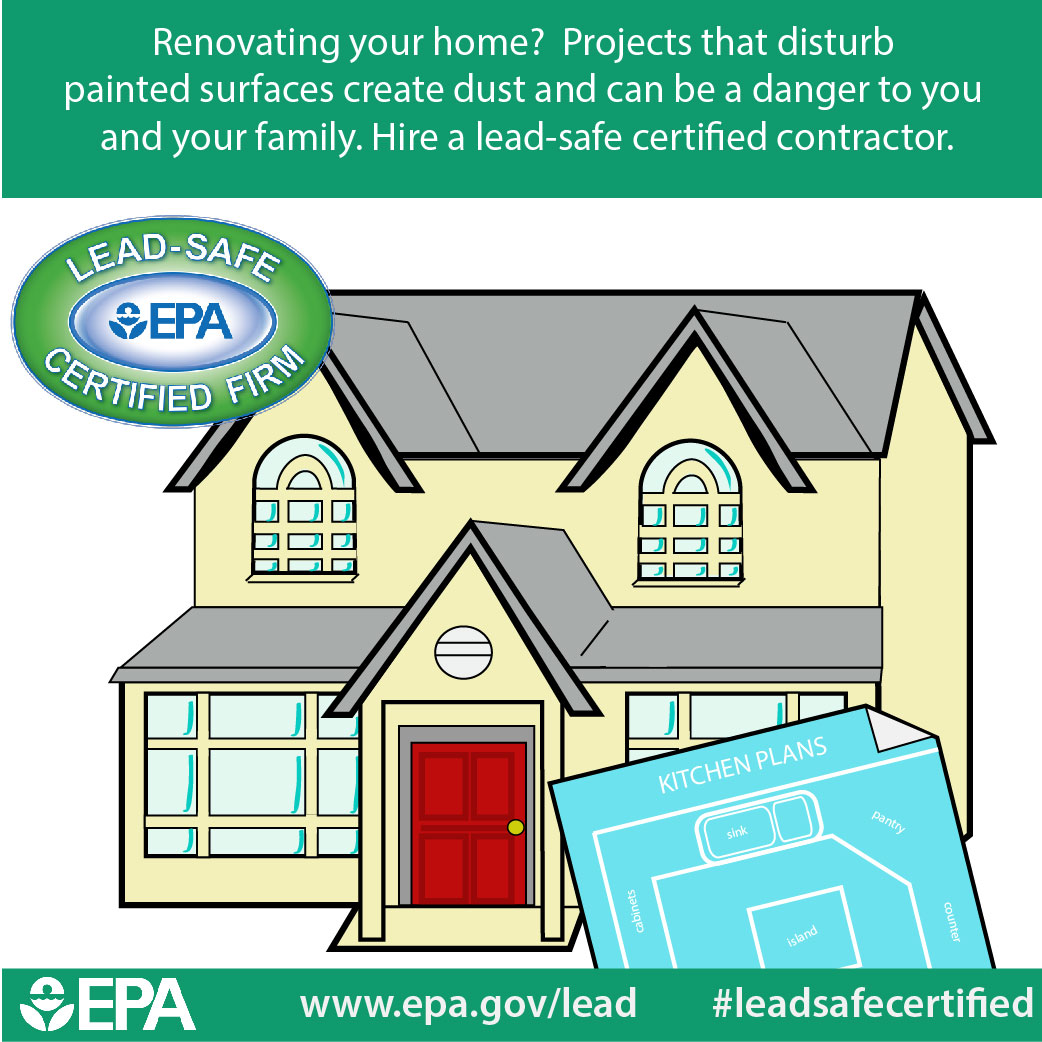Important Seasonal Aspects Of Commercial Exterior Painting: What You Ought To Recognize
Important Seasonal Aspects Of Commercial Exterior Painting: What You Ought To Recognize
Blog Article
Short Article Composed By-Leach Decker
When you're planning an industrial exterior painting job, seasonal factors can make or break your outcomes. You'll wish to consider how temperature level and humidity effect paint application and drying out times. Selecting the right season can ensure your paint adheres properly and lasts much longer. Yet which painting for houses are really the best for this sort of job? Allow's check out the key elements that can affect your project's success.
The Impact of Temperature Level on Paint Application
When you're intending a commercial exterior paint task, the temperature can considerably influence how well the paint adheres and dries.
Preferably, you intend to repaint when temperatures range between 50 ° F and 85 ° F. If it's too cold, the paint may not cure correctly, bring about problems like peeling or splitting.
On the other side, if it's too warm, the paint can dry as well swiftly, protecting against proper adhesion and leading to an uneven coating.
You should also think about the moment of day; morning or late afternoon provides cooler temperature levels, which can be more favorable.
Always inspect the supplier's referrals for the specific paint you're making use of, as they often provide advice on the ideal temperature array for optimal results.
Humidity and Its Effect on Drying Times
Temperature isn't the only environmental element that influences your business exterior painting job; moisture plays a substantial role as well. High moisture degrees can decrease drying times drastically, impacting the total high quality of your paint work.
When the air is filled with dampness, the paint takes longer to cure, which can bring about problems like poor bond and a greater risk of mold development. If you're repainting on an especially damp day, be prepared for extensive delay times in between layers.
It's important to keep track of local weather conditions and strategy appropriately. Preferably, aim for humidity levels between 40% and 70% for optimum drying.
Maintaining these consider mind ensures your task stays on track and provides a long-term surface.
Best Seasons for Commercial Exterior Painting Projects
What's the very best time of year for your business external paint tasks?
Spring and very early loss are typically your best bets. During these seasons, temperature levels are mild, and moisture levels are commonly reduced, developing excellent conditions for paint application and drying out.
Prevent summertime's intense heat, which can create paint to completely dry as well promptly, leading to inadequate bond and finish. Similarly, wintertime's cool temperature levels can hinder proper drying out and treating, running the risk of the long life of your paint job.
Aim for days with temperature levels in between 50 ° F and 85 ° F for optimal outcomes. Remember to check the regional weather forecast for rain, as wet conditions can destroy your job.
Preparation around these elements ensures your painting job runs smoothly and lasts much longer.
Final thought
Finally, intending your industrial exterior paint projects around seasonal factors to consider can make a considerable distinction in the outcome. By scheduling job during the ideal temperatures and humidity levels, you'll guarantee much better bond and drying out times. Keep in quote for painting house interior to keep an eye on local weather forecasts and pick the correct time of year-- springtime and very early autumn are your best choices. Taking these steps will certainly help you accomplish a resilient and expert finish that lasts.
